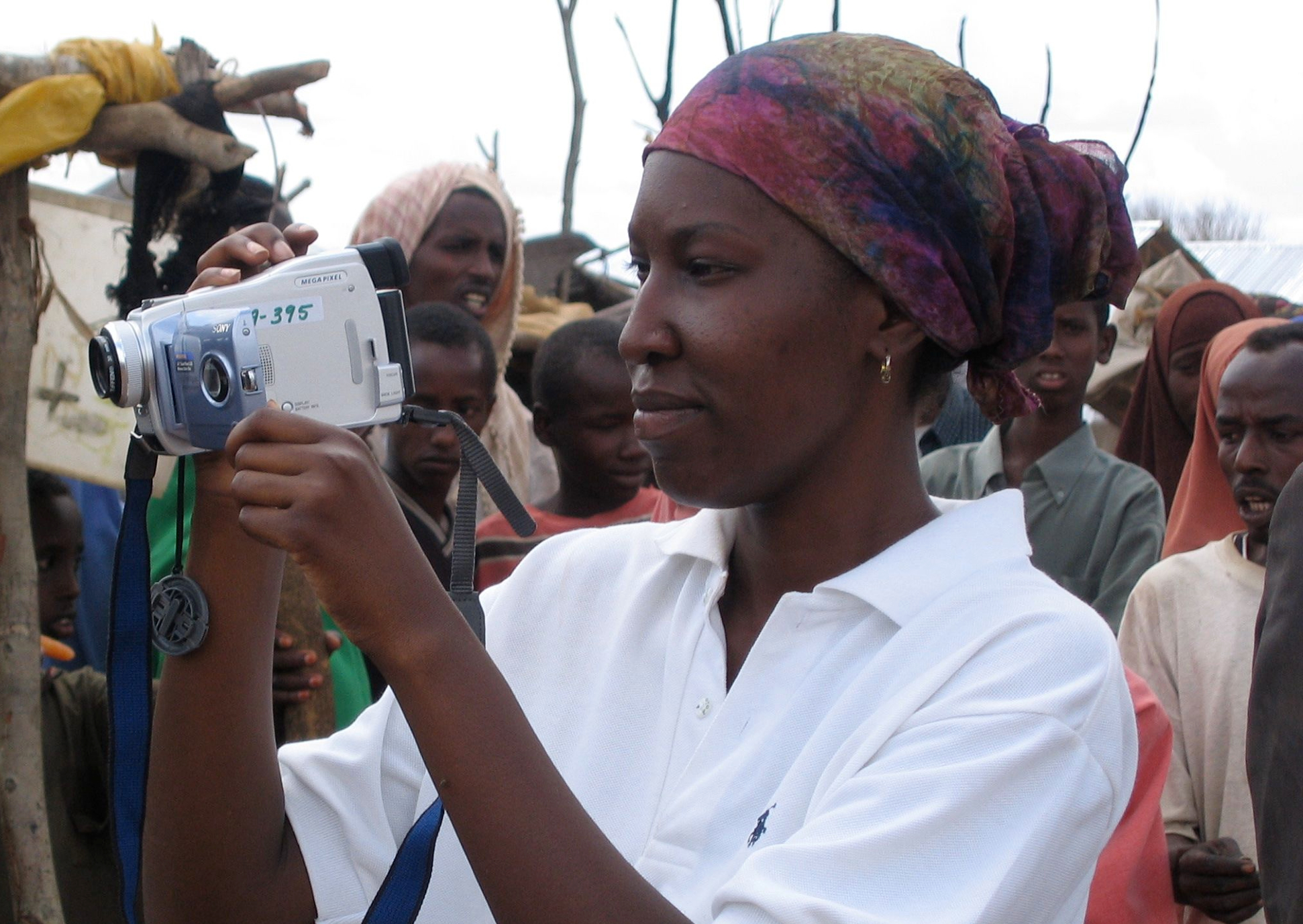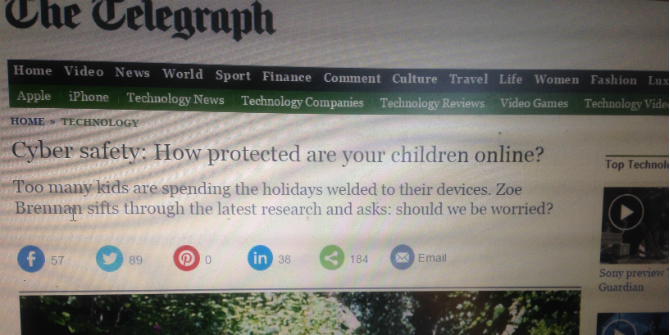 Credit: D. Skley, CC BY-ND 2.0
Credit: D. Skley, CC BY-ND 2.0
 Following the latest Better Internet for Kids Bulletin, guest blogger and independent eSafety consultant Karl Hopwood discusses the role of role parents, carers and other awareness raisers in trying to respond to online extremism and protect children and young people.
Following the latest Better Internet for Kids Bulletin, guest blogger and independent eSafety consultant Karl Hopwood discusses the role of role parents, carers and other awareness raisers in trying to respond to online extremism and protect children and young people.
Online extremism is getting a great deal of attention, especially as David Cameron recently announced a five-year plan to tackle Islamic radicalisation in Britain. The fear seems ever present that young people could be groomed online by violent extremists and terrorists and encouraged to leave their home countries in order to join IS (Islamic State) in Iraq or Syria, or that they could also be radicalised to carry out attacks in their home countries.
But what exactly is online extremism? How can parents, carers and other awareness raisers respond to this issue? What messages do we need to provide to young people to ensure they can deal with violent extremist and terrorist content they may access online?
A recent meeting of the Safer Internet Centres from around Europe heard from Dr Maura Conway, expert in terrorism and the internet. She explained that it is important to distinguish between extremism, violent extremism, and terrorism.
While people are entitled to extreme views on any topic that may differ from our own, violent extremists declare that they believe that the only way to resolve problems is to kill or harm others who disagree with them. For example, Title 22 of the US Code states that terrorism is:
…premeditated, politically motivated violence perpetrated against non-combatant targets by sub-national groups or clandestine agents, usually intended to influence an audience.
So violent extremism/jihadism/radicalisation and terrorism overlap, but are not the same – violent jihadism aims to reorder government or society through the implementation by violence of Islamic or Sharia law, while violent radicalisation is a process whereby individuals, through their online interactions and exposure to various types of internet content, come to view violence as a legitimate method of solving social and political conflicts.
Why do we need to be concerned?
Dr Conway highlighted that to date, around 30,000 people have left their home countries in order to join IS, and that at least 6,000 of these have left European countries. Dr Conway emphasises that the message given by IS to its adherents is that if you are unable to travel to Syria and Iraq, it is your duty carry out attacks in your home country.
As many of those influenced by IS are young, or, in fact, teens (footage has emerged showing young people carrying out executions and torture at the behest of IS), a range of stakeholders need to play their part here. Alongside parents and schools, there is clearly a need to work closely with industry to prevent social media from being used to promote violent extremism. In Safeguarding online, for example, several recommendations are made, including that parents and those with responsibility for vulnerable individuals should follow standard guidance on online safety, such as that provided by the Child Exploitation and Online Protection Centre.
Governments around Europe are working to tackle the complex problem of restricting access to terrorist material online that may be hosted in one country but is illegal under national law. It is also important to have clear reporting routes so that members of the public can flag and report extremist content online, while technical solutions such as filtering could also prove useful. (In the UK there is a dedicated terrorism hotline that can be used by members of the public to flag extremist or suspected extremist content.) However, given that much of this type of content is user-generated, finding it and removing is a challenge.
As in other aspects of online safety, the internet has not created a problem but it has exacerbated it by making it much easier for large numbers of people to easily access violent extremist content and therefore to be potentially influenced by what they see, read or hear. According to the Anti-Defamation League:
Face-to-face interaction with terrorist operatives is no longer a requirement for radicalisation. Individual extremists, or lone wolves, are increasingly self-radicalising online with no physical interactions with established terrorist groups or cells, a development that can make it more difficult for law enforcement to detect plots in their earliest stages.
What can we do?
Similarly it can be difficult for parents or carers to know what their children are doing online and who they are communicating with or what they are watching. Good relationships that include opportunities for dialogue are important here, as with all aspects of online safety.
Much of the preventative work currently being carried out in schools focuses on providing a counter-narrative as extremist views often go unchallenged in chat rooms and other online forums – for example, a new resource for parents from the London Grid for Learning provides some videos that explain the narrative that is being presented to young people by IS, and why this is having such an impact.
In July 2015, the UK government published a useful guidance to explain how the internet and social media is being used by terrorist organisations to encourage young people to travel to Syria and Iraq and which counter measures can be taken.
Above all, parents and carers need to communicate with their children, take an interest in what they are doing and encourage other influential adults to do the same. Hopefully, young people will increasingly look out for each other, and communities need to make an effort to create a climate where young people are not afraid to speak to someone if they have concerns.





